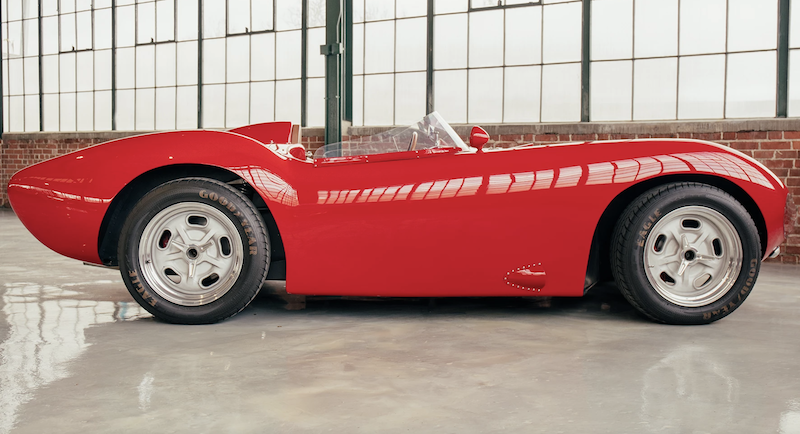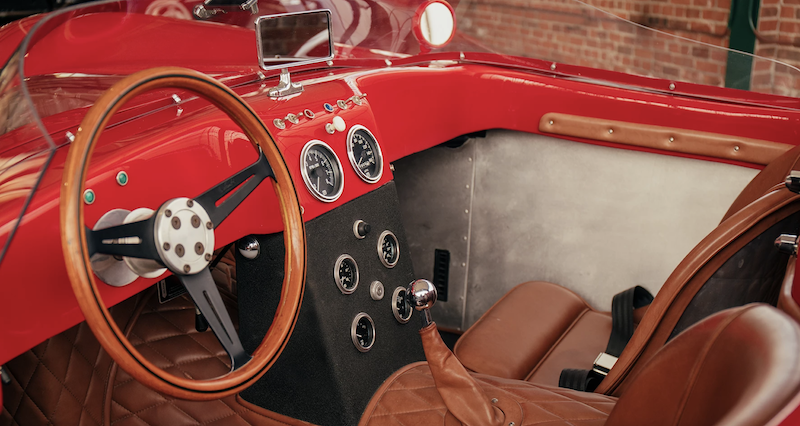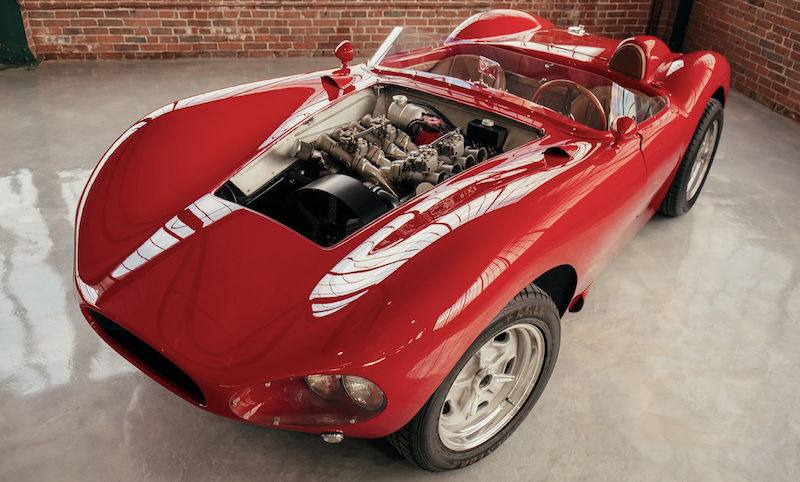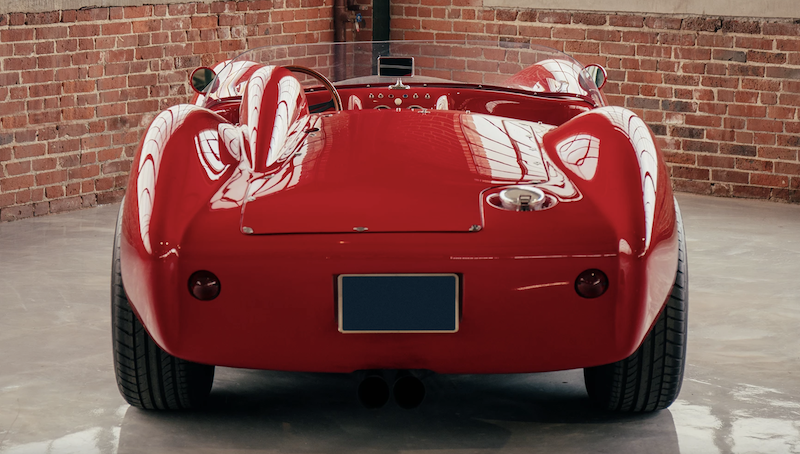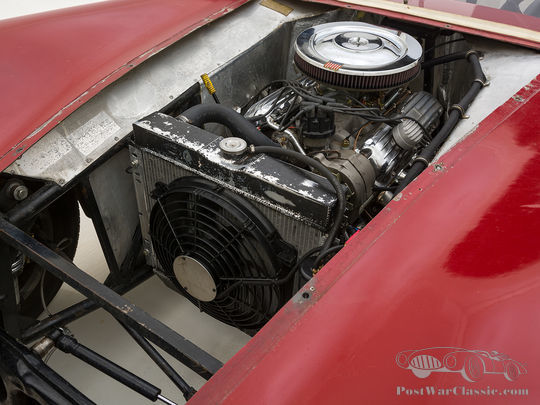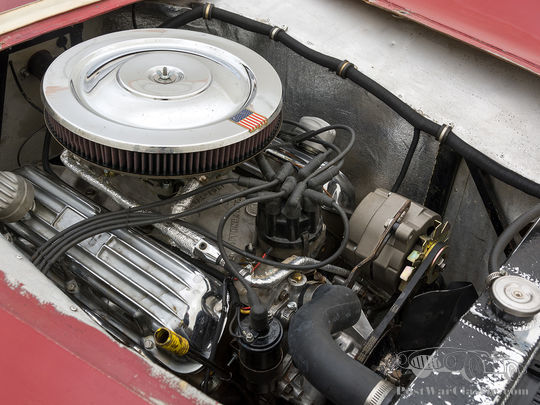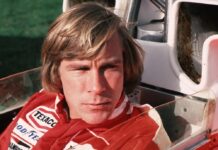The History of the American road racing began after WW 2 and quickly developed into one of the most fascinating periods of motorsport. From the first races between imported MG’s to the famous Scarabs, Cunninghams and Chaparrals , which were born in these glory days of homebuilt racers.
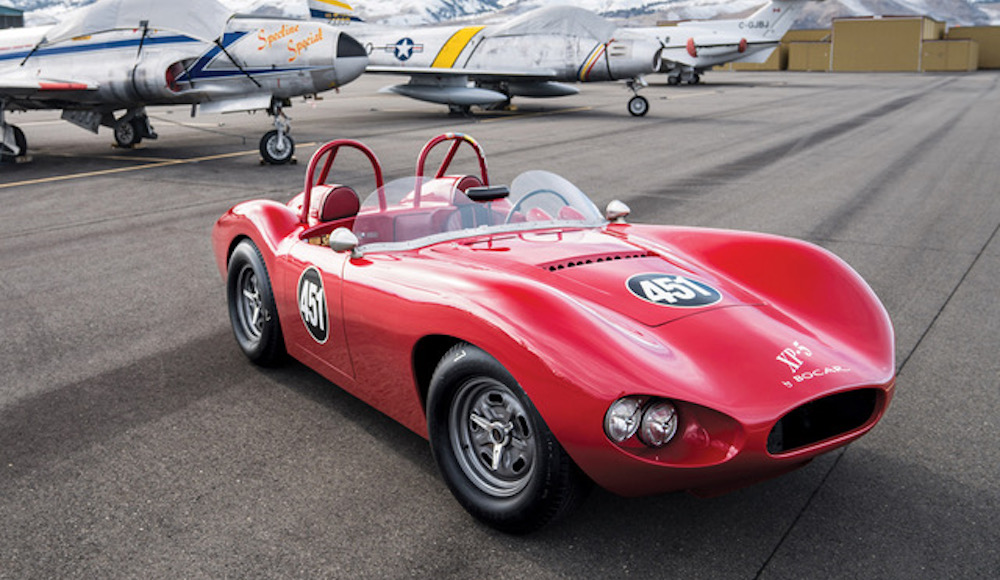
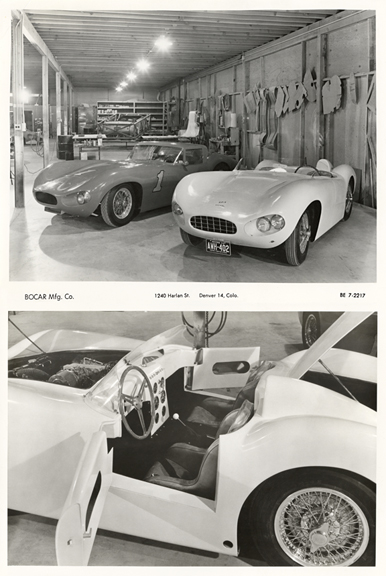
Mostly these specials were handbuilt one at a time, they usually weren’t offered for sale and in the early days they came from backyard shops and garages and from handsome guys who figured that they knew more than professional builders did.
The Sports Car Club Of America (SCCA) and the United States Auto Club (USAC) clubs were the principal race promoters. Race tracks popped up everywhere in the 50’s and 60’s – at first on city streets , then at airports and Air Force bases and finally at purpose build racetracks like Laguna Seca or Road America. Today many of these specials are on the wishlist of worldwide collectors and we would like to introduce some of the most fascinating specials and the stories and characters behind them.
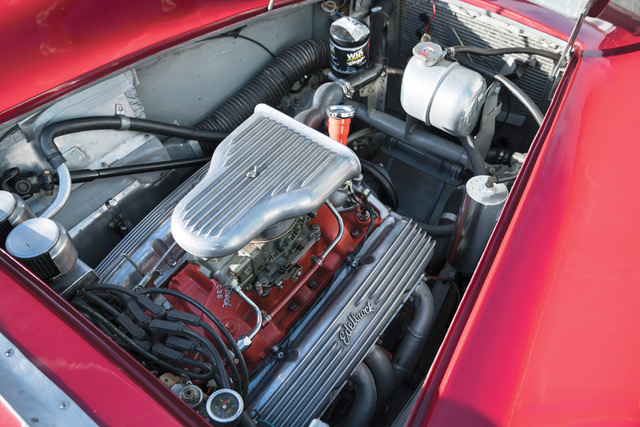
The Bocars were built by Bob Carnes in Colorado
They were real head turners because of their sleek design and were among the wildest racing cars because they used supercharged Chevies pumping out nearly 500 horsepower. Their aerodynamic bodies could be purchased in kit or assembled form. The statistics alone made Bob Carnes a hero to the everyday race enthusiast , because you could drive the Bocars on the street and win at the track over the weekend.
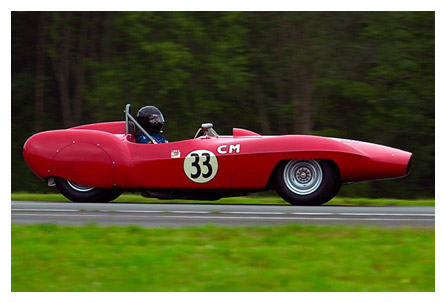
In the early days Carnes started racing in a Glöckner Porsche Spyder in hillclimbs and road races in the Denver area in 1953 and in 1954 he switched to a Jaguar XK 120 coupe and even finished third at Pikes Peak. He later installed a Cadillac engine and named it the „Jagillac“. But Carnes wanted a car of his own design , combining the power of a V8 and the agility of the Porsche. There is no record of his engineering capabilities, he had been remodeling kitchens, when he started the Bocar project in 1967.
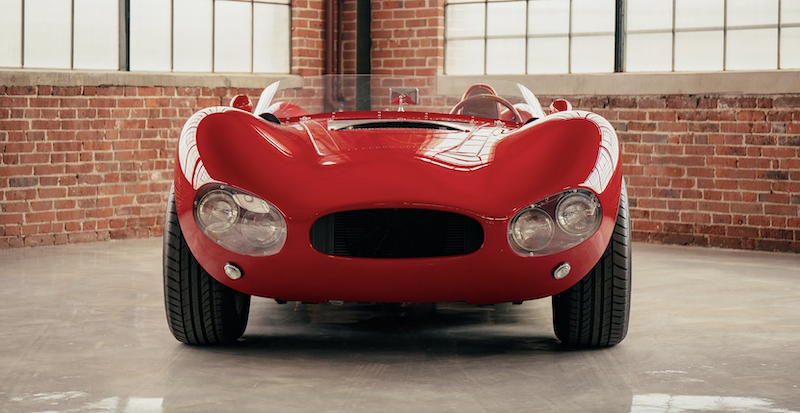
The Bocar X-1 was a simple frame of oval sections tubing from a local Airforce Base, Jaguar suspension and drum brakes , a Lincoln live axle and a Chevy 283 motor. The fiberglass body was formed from a plaster mold and did not resemble any other kits on the market. The second Bocar was the XP-4 in late 1958. The bodies could be purchased independently or the XP-4 was available as a turnkey racer.

A number of changes had been made: rear brakes were Chevrolet, discs at the front were from the Jaguar XK150 and a Borg-Warner T-10 gearbox was used with Chevy or Pontiac V8 engines. The price was 6.400 Dollars. Only a few XP-4 were made, before the XP-5 was introduced. The main change was improving the brakes with Buick Alfin drums. The engines were set back a long way in the frame , so the XP-5 had a weight ratio of 44/56, which helped with traction on the skinny tires of this period. The Bocar XP-5 was quite successful and even the Meister Brauser team was racing a special version with Augie Pabst. Fewer than 100 – plus an unknown number of kits – were built.
The final versions of the Bocars were the XP-6 in 1960 (just one was built with around 400 HP and a stretched XP-5 chassis) and the XP-7 and XP-7R, which were the attempt to build a car similar to the XP-6 but at a lower price. The last Bocar was the Stiletto and it looked like a rocket ship – a mix of a Lotus 11 and a Bonneville streamliner. Carnes broke his Stiletto at Pikes Peak.
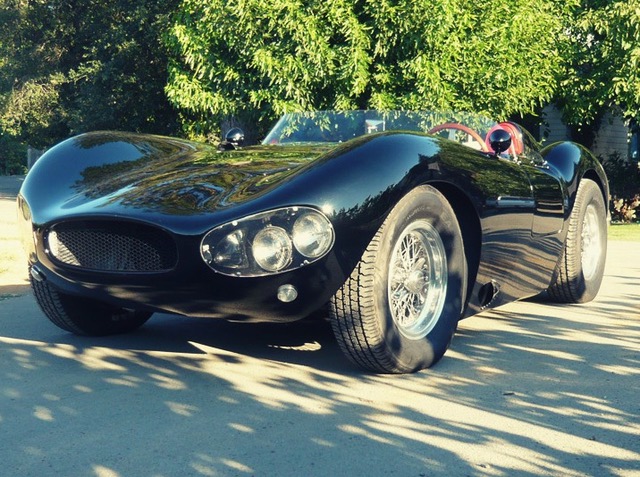
Around half of the cars are on the Bocar Club register today and a handful were assembled from leftover parts. In 1961 a fire destroyed Carnes factory and no more Bocars were built. Carnes died in 1970.
